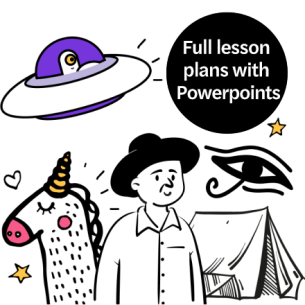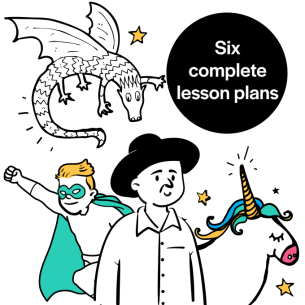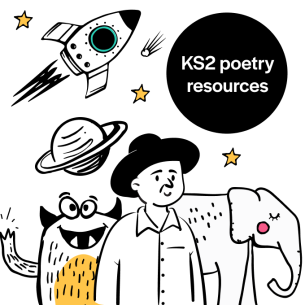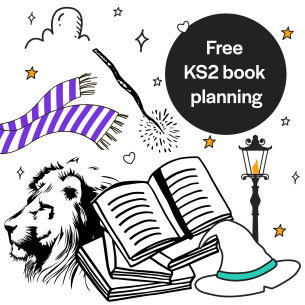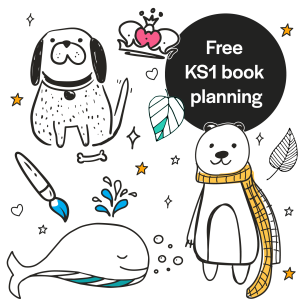Teaching position and direction in Year 1 is often tricky. These concepts can seem abstract. Pupils may be limited by their understanding of the language and its meaning. They may also have a lack of directional understanding.
The best way to introduce these concepts tends to be through a practical, concrete approach. Here, children can complete these directions and actions themselves before transferring this to pictorial learning.
Using the outside environment to teach position and direction gives these concepts a real-life context. This provides a more creative activity and an enriching experience.
Position and direction Year 1 learning objectives
- Describe a one-step movement of an object (left, right, up, down)
- Describe a one-step movement of an object including a direction (forwards, backwards, left, right)
- Follow a series of movement instructions
- Write a series of steps to describe the movement of an object
Starter activity
Begin by introducing the terms ‘direction’ and ‘position’ to the children. Discuss real-life situations, such as car or bus journeys and treasure hunts. Explain to the children that they will be pirates for the lesson and will bury their treasure in a safe place.
Before they become pirates, elicit the children’s understanding of positional and directional vocabulary (backwards, forwards, right, left, up, down), sharing key words on vocabulary cards.
Ruth Astley is a former assistant headteacher, experienced Year 6 teacher and phase leader, SLE for assessment and English and former LA moderation manager.




